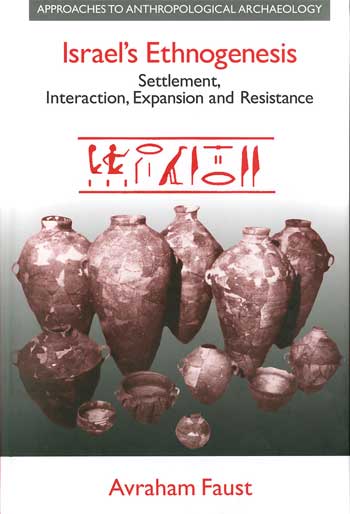
One of the most heated controversies in worldwide archaeology today is the question of “ethnicity,” particularly whether it can be recognized and identified in material culture remains. Even where we have texts, many scholars—heavily influenced by postmodernist claims that ethnicity is “only a social construct” (i.e., a fiction)—are skeptical.
Avraham Faust, a rapidly rising archaeological star at Bar-Ilan University in Israel, goes unabashedly against the current “politically correct” view. His stated goal is not to reconstruct the origins of the ancient Israel peoples (as I recently attempted in Who Were the Early Israelites?1), but rather to investigate the long, complex process of their “ethnogenesis,” the evolution of self-identity, using what can be called “ethnic markers.”
In 21 brief chapters, Faust summarizes virtually all the archaeological data, from pottery to house plans to settlement patterns to statehood. But this is not simply a synthesis, however valuable that may be. Throughout the discussion, Faust employs a wide range of socio-anthropological models, making this book the most innovative and successful analysis yet of “Israelite ethnicity.”2 As Faust puts it, “The present book will seek to demonstrate that by a close examination of the archaeological record we can trace Israel’s ethnogenesis to the Iron Age I” (i.e., the 12th–11th centuries B.C.E.).
Already a library member? Log in here.
Institution user? Log in with your IP address.

